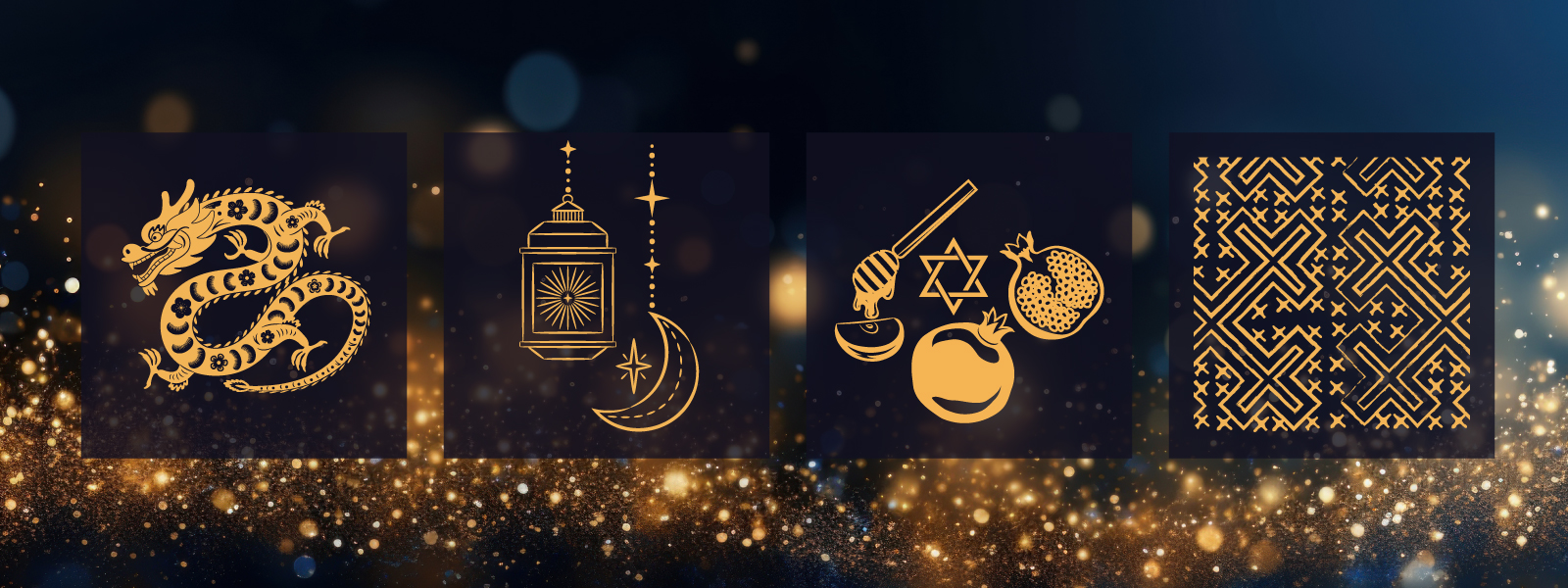When the clock strikes midnight on the last day of the calendar year, people around the world celebrate a time for change, growth, connection, and joy. We gather together to welcome the New Year while reflecting on lessons from the past year. We revel in each other’s company as we watch the earth begin its new trip around the sun, and yet this is only one way to measure time. Across the globe, people from different cultural and religious backgrounds mark the start of a new year in different ways, at different times. Here are just a few of the New Year celebrations that represent the diversity of our world.
Lunar New Year
Many countries across the East Asian continent celebrate Lunar New Year, which marks the first new moon nearest the midpoint between winter solstice and spring equinox. This winter, Lunar New Year falls on Feb. 10, 2024. This celebration is held in many different ways from Korea to Vietnam to Malaysia and other countries. In China, Lunar New Year festivities last about two weeks and celebrate the coming of spring, planting, and rejuvenation. This Lunar New Year in China will be the Year of the Dragon.
Hijri New Year
Hijri New Year comes at the start of the Islamic lunar calendar, which began with the Prophet Muhammad’s migration with his companions from Mecca to Medina in the year 622. In 2024, Hijri New Year will last from the evening of July 7 to the evening of July 8. It is celebrated in different ways by various Muslim communities, while the whole first month of the Islamic lunar calendar is particularly significant.
Rosh Hashanah
Rosh Hashanah is the Jewish New Year, which marks the days during which the Jewish creation story unfolded. Rosh Hashanah, meaning “head of the year,” is celebrated over two days, almost always in September or October. It is a time for renewal, growth, and prayer. Meals often include apples and honey as well as pomegranates and many other sweet foods, symbolizing the desire for a “sweet” new year.
Hmong New Year
While Hmong New Year has traditionally fallen on dates relating to the Lunar calendar, the celebrations have become a unique event for the Hmong diaspora in the United States. With dates ranging from September to November and December, Hmong New Year festivities are celebrations of ancestors and the completion of the harvest. They also mark an important opportunity for Hmong communities to gather and share their culture and traditions with visitors from other backgrounds to the New Year celebrations.
